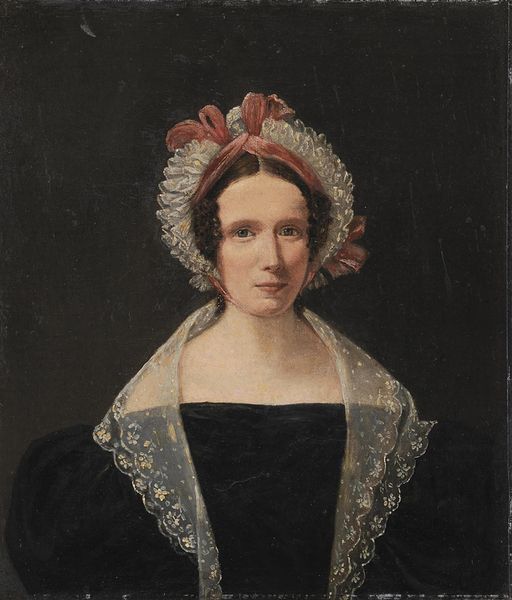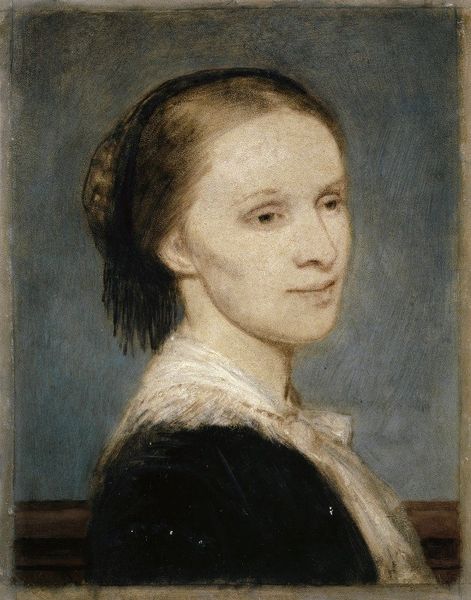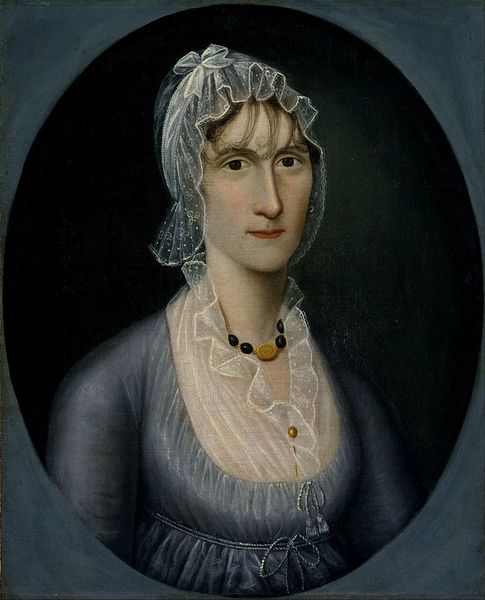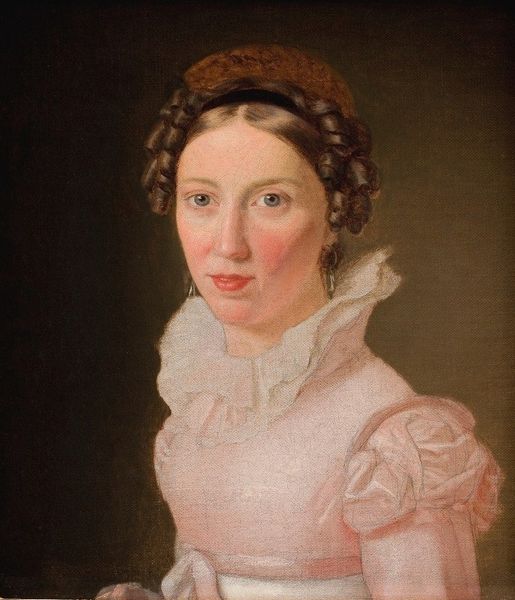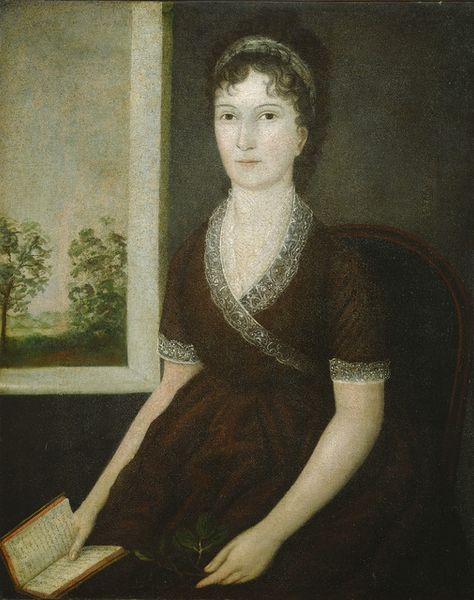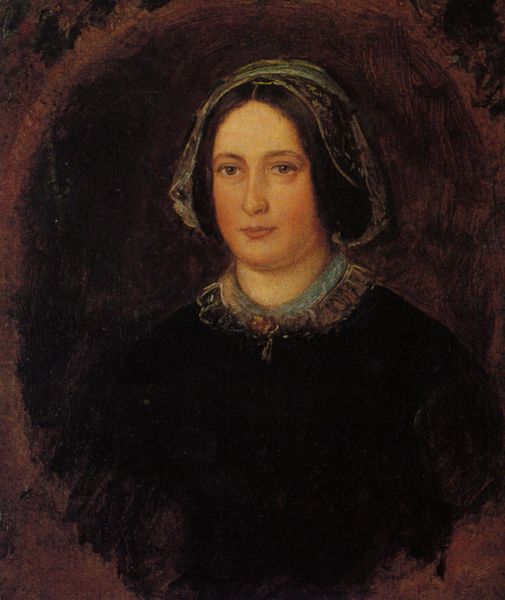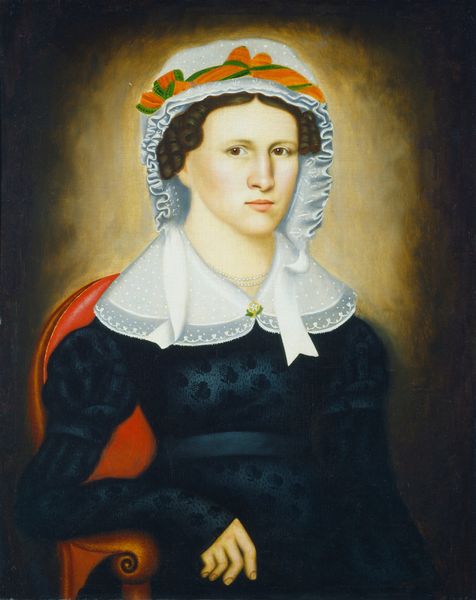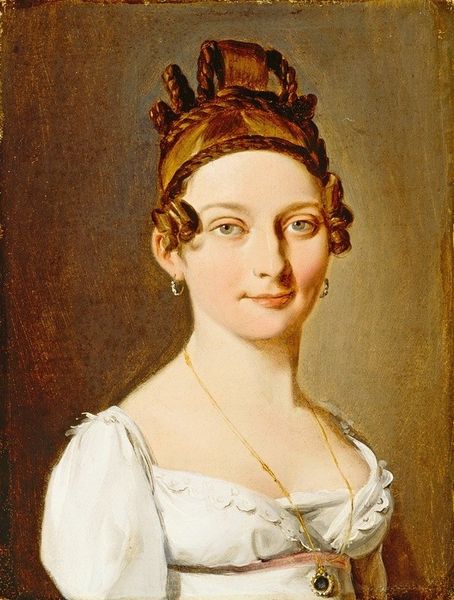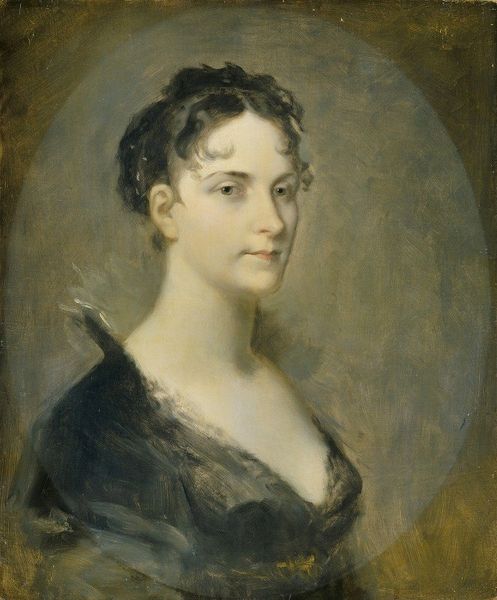
Familiy Portrait. Augusta Antoinette Wergeland Vedøe. Sister of Famous Norwegian Poet Henrik Wergeland 1838
0:00
0:00
painting, oil-paint
#
portrait
#
painting
#
oil-paint
#
oil painting
#
intimism
#
romanticism
#
genre-painting
#
academic-art
Copyright: Public domain
Knud Baade’s portrait of Augusta Antoinette Wergeland Vedøe, sister of the renowned Norwegian poet Henrik Wergeland, offers a glimpse into the cultural milieu of 19th-century Norway. The painting, with its emphasis on delicate features and refined attire, reflects the values and aspirations of the emerging middle class. The sister of a national icon, Augusta’s representation here speaks to the cultural importance of family lineage and social standing. Norway, at this time, was experiencing a surge in national consciousness, seeking to establish its cultural identity amidst political complexities. The Wergeland family, with their literary and cultural contributions, played a significant role in shaping this identity. Portraits like this, commissioned by or for families, helped define and solidify social roles. To truly understand this painting, one might delve into biographical studies of the Wergeland family, exploring their social networks and cultural influence. In doing so, we can appreciate how art serves as a mirror, reflecting and shaping the social structures of its time.
Comments
No comments
Be the first to comment and join the conversation on the ultimate creative platform.
